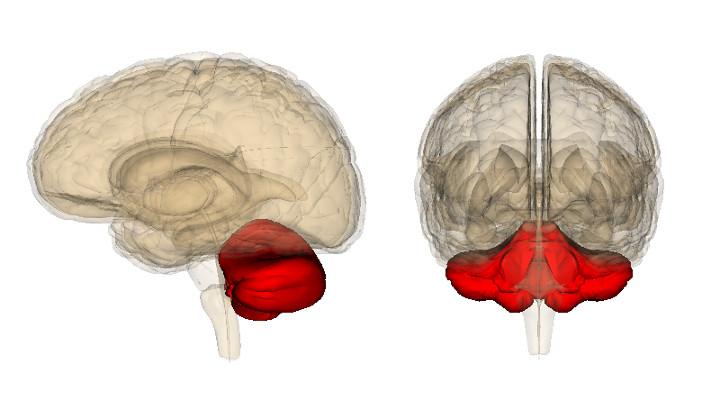
A dance leader in Utah sent us a link to “The Neuroscience of Dance.” (It both echoes and amplifies findings we shared in a March 2017 post and a September 2017 post.)
As noted by Brian Bergland, “Dance has been a universal aspect of the human experience for millennia and is part of our collective DNA. Our bodies and brains have evolved to dance in synchronized unison. And, dancing on a regular basis seems to change the way we think and interact with one another.”
More inspiration to join the first Friday Flying Shoes dances!
Here’s the full article, which includes references to other dance-related scientific research.
